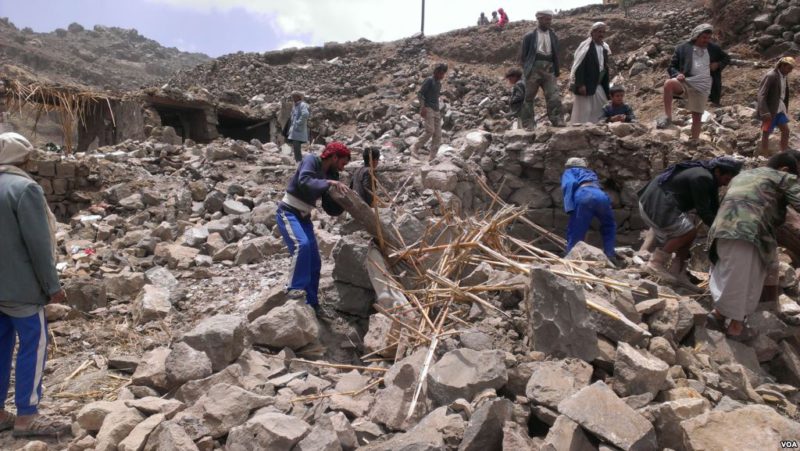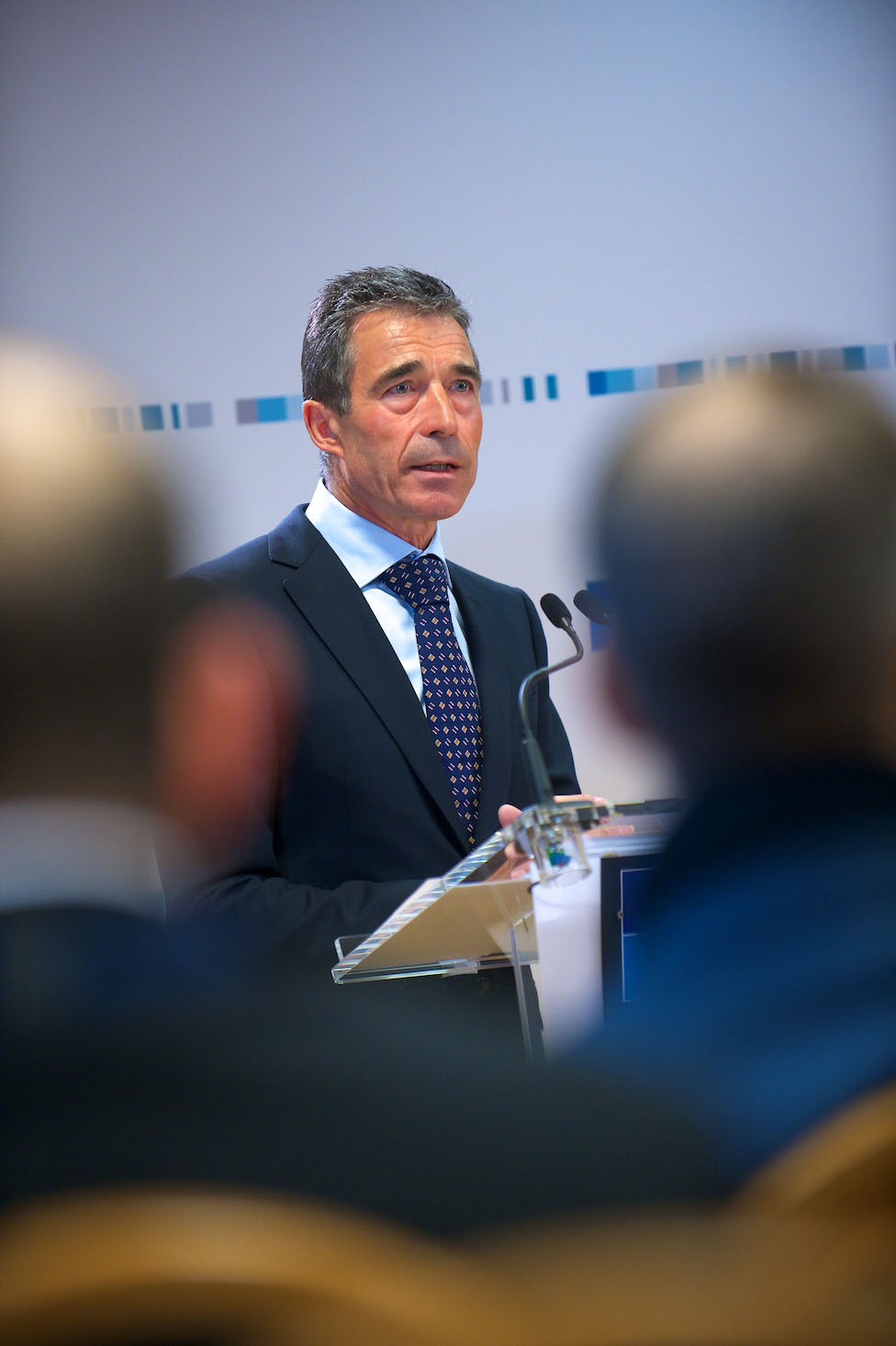Tonight, as scheduled, the North American Aerospace Defence Command (NORAD) will begin their annual tracking of Jolly Old Saint Nicholas as he and his reindeer depart from the North Pole to deliver presents to children across the globe. But while NORAD ground radars and satellites will track the aerial maneuvers of Santa’s sleigh, an increasingly resurgent Russia plans to do the same using their GLONASS satellite system. With Russian military aircraft aggressively reconnoitering Canadian airspace in the Arctic region near the North Pole, any accidental entanglement with Santa’s sleigh remains a cause for concern.
At the CF Toronto Eaton Centre shopping mall, Father Christmas was questioned by the author over whether he and his reindeer were adequately equipped to evade the most advanced of Russian anti-aircraft systems currently deployed in the Arctic. In reply, Mr. Claus shrugged, gave the author a candy cane, and stated that “Christmas magic will keep us safe.” Whether Christmas magic will actually keep Santa safe when he enters and leaves the increasingly militarized Arctic region is unknown.
[perfectpullquote align=”right” cite=”” link=”” color=”” class=”” size=””]”Since Mr. Claus comes in peace, he is welcome to cross the ADIZ into Canadian airspace as he pleases, but Russian nuclear weapons-capable bombers must be intercepted…”[/perfectpullquote]
Since 2007, the Russian military has resumed long-range bomber patrols around the Arctic area of North America. Since the Russian invasion of Ukrainian territory in 2014, they have greatly expanded with more patrols that lead to more interceptions by Canadian and American air forces defending Alaska and northern Canada. Russian military aircraft typically penetrate the Air Defense Identification Zones (ADIZs) – airspace that is monitored for defensive purposes, but not controlled. The ADIZ is a buffer zone surrounds the 12 miles (or 19.3 kilometres) of sovereign airspace extending from the Canadian coastline under international conventions. Violating the ADIZ is technically not illegal, but going past the ADIZ and into Arctic Canada with an uninvited military aircraft is an actual act of war.
Since Mr. Claus comes in peace, he is welcome to cross the ADIZ into Canadian airspace as he pleases, but Russian nuclear weapons-capable bombers must be intercepted for obvious safety and security reasons. NORAD is mandated to use its tracking systems to ensure Santa’s safe delivery of presents to Canadians as far away as those serving at Canadian Forces Station Alert in northern Nunavut, but NORAD must also simultaneously track Russian military aircraft as well.
As such, Father Christmas has a daunting task ahead of him when his sleigh becomes airborne as he enters and leaves the North Pole. He must make sure that his sleigh is readily identifiable to both NORAD and the Russians tracking his every move. For that, his lead reindeer must have a nose that is visible to aircraft kilometres away in the snowy night sky. Santa’s reindeer must also steer clear of both civil and military aircraft in the Northern skies while still being able to deliver presents on time to children in the coldest of towns in the Arctic. On top of that, Santa now has to keep safe from Russian bombers and anti-aircraft systems. We can only hope that “Christmas magic” will shield his entourage and his presents.
Photo: Tupolev Tu-160 in flight, by Sergey Lysenko via RussianPlanes.net. Licensed under CC 4.0.
Disclaimer: Any views or opinions expressed in articles are solely those of the authors
and do not necessarily represent the views of the NATO Association of Canada.




